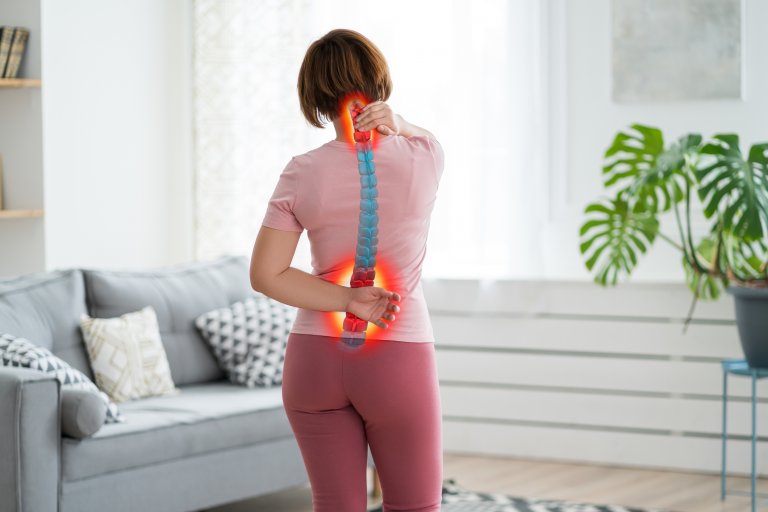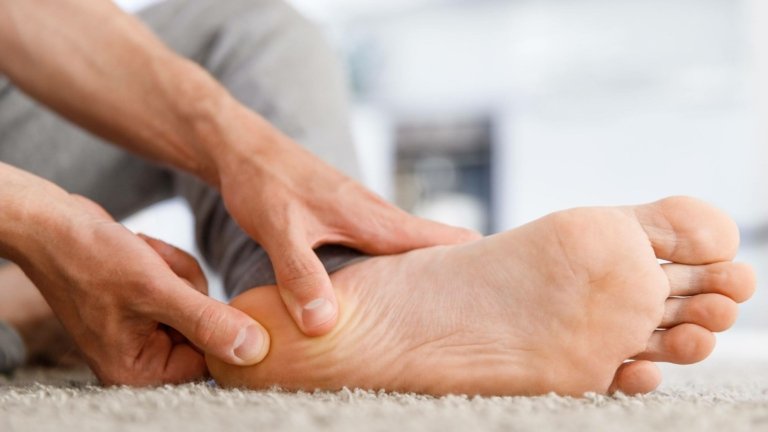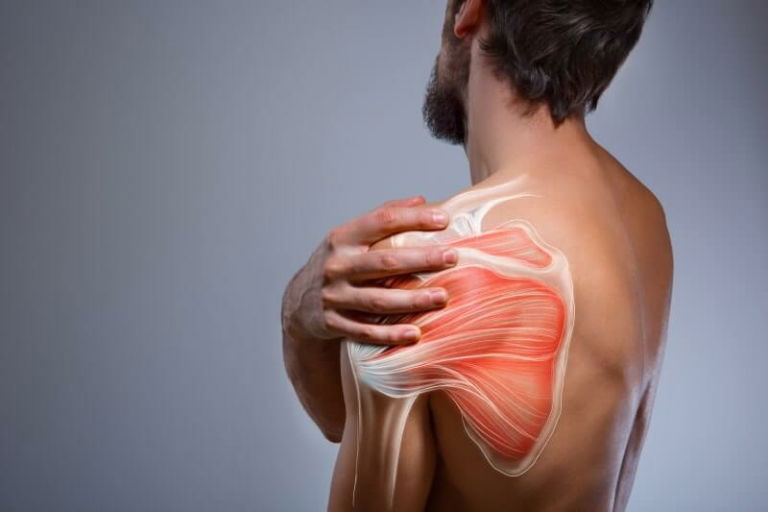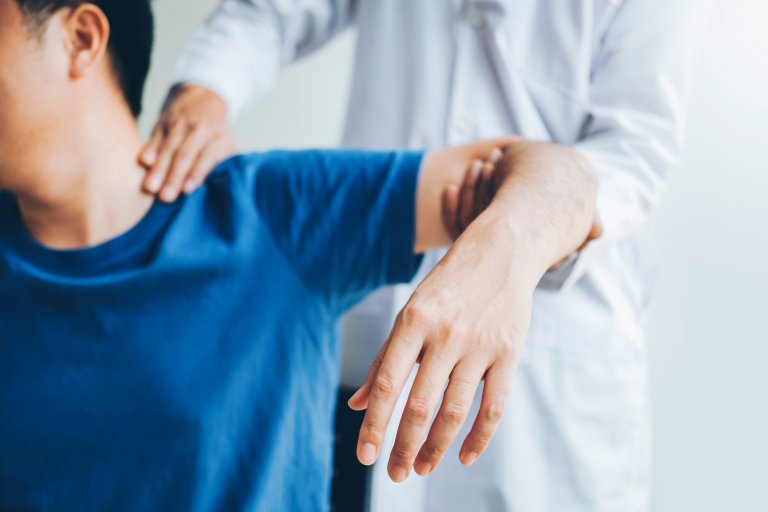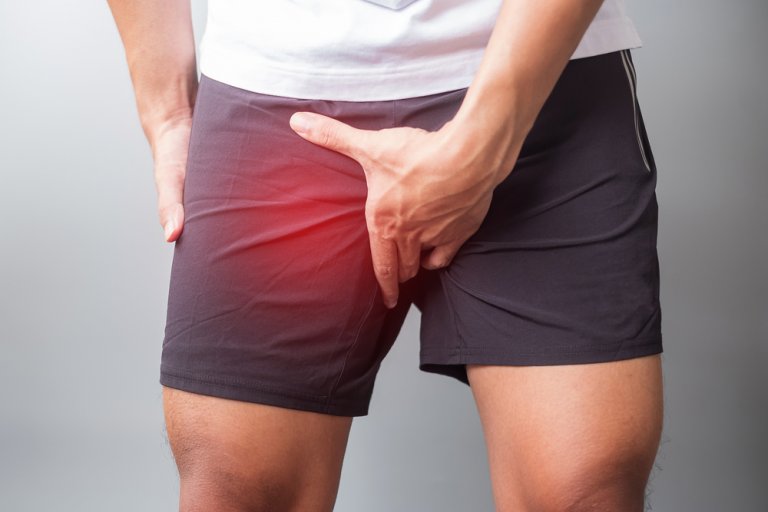More about Kinesio taping
Kinesio taping or kinesiology tape therapy is a therapeutic method used for:
- sports injuries,
- chronic pain in muscles, joints, and connective tissue.
Kinesiology tape is also used as a means of preventing muscle injuries.
At MEDICOFIT clinic, we use kinesiology tape as part of kinesiotherapy in combination with individualised therapeutic training.
What problems does Kinesio taping solve?
With the Kinesio taping method, we reduce pain, improve muscle tone, prevent venous blood and lymphatic stagnation, improve vascularisation, improve irregularities in joint mechanics, and have a positive effect on posture.

The method uses kinesiology tape
Kinesiology tape is a fine material made of cotton and elastic fibres and has similar characteristics to skin. Using various therapeutic bonding techniques, we elicit the desired body response at the site of tape application, thereby treating locally present pathology of the musculoskeletal system.
Kinesiology tapes have a positive effect on reducing pain and promoting blood and lymph circulation at the site of application. Kinesiology tape also improves proprioception, or the perception of body positions during movement, which helps to better prevent injuries.
Kinesiology tapes are made from a thin layer of cotton, onto which an acrylic adhesive is applied in the form of cylinders, protected by an outer layer of paper. Kinesiology tape has similar characteristics to skin, specifically, it stretches only lengthwise, up to 40% of its original length. Kinesio tape is similar in thickness to skin and is also waterproof.
When applying kinesiology tape, it is necessary to know the directions in which the skin stretches on a specific area of the body, as this is the only way to achieve the maximum therapeutic effect of the Kinesio taping method. Kinesiology tape works during our movement, specifically when the length of the muscle changes, the tape also stretches and shortens, thereby stimulating receptors in all layers of the skin.
Kinesiology tape, with its elastic properties, lifts the top and middle layers of the skin away from the remaining structures, thereby creating more inter-tissue space underneath. Through the mechanism of increased tissue volume, lymph and blood circulation are locally increased, and skin receptors are also stimulated, which communicate changes in the damaged area to the brain in the form of increased pressure, which leads to hormonal and neural responses that improve the healing of damaged tissue.


